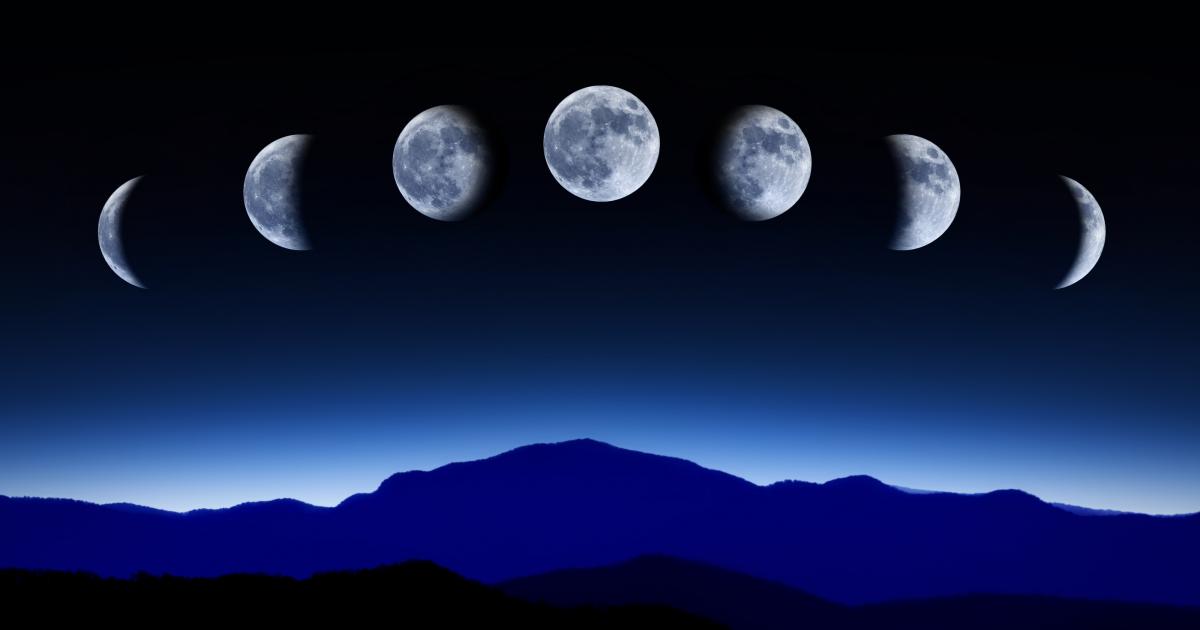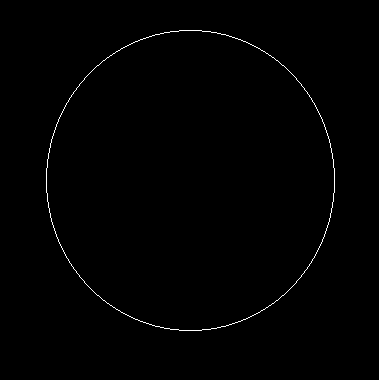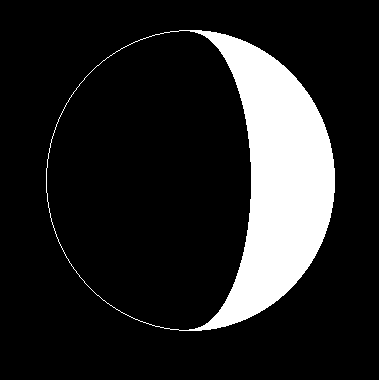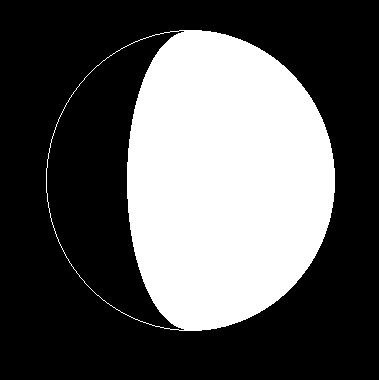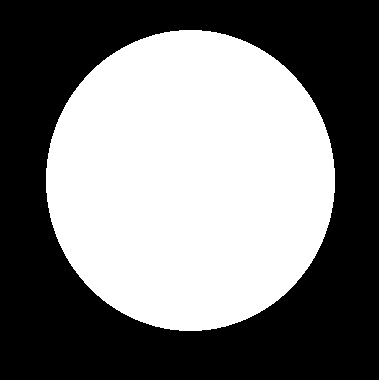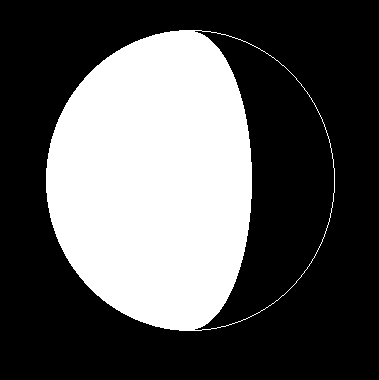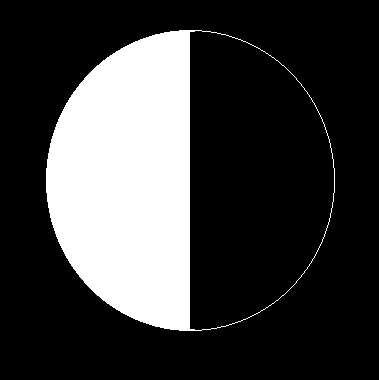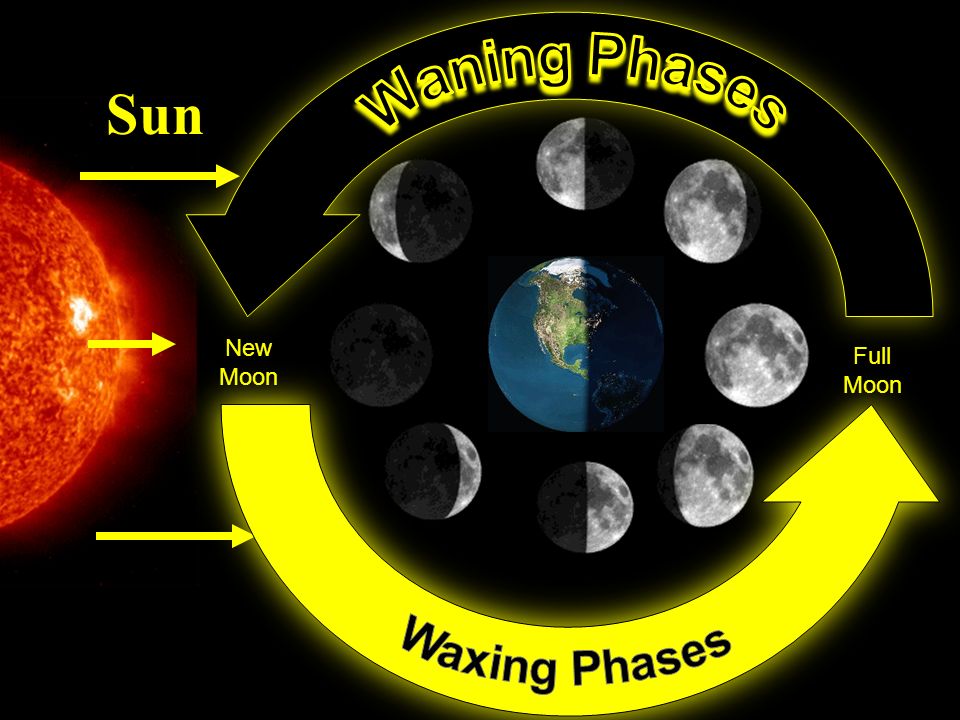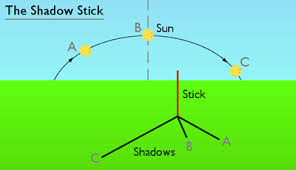We are working on perimeter and area. We have focused quite a bit on the formulas that are used to find both. In fact, your kiddo might have come home talking about the 3 good Fs in math. This is a saying that we use to help us remember to use the formula when finding perimeter and area.
Find the formula and write it down.
Fill in the formula with the correct measurements.
Find the answer and label the unit.
Perimeter is the distance around a two-dimensional shape.
We focused on three formulas to find perimeter:
P = s + s + s (perimeter = side + side + side) - this formula can be used on any shape

P = 4 x s (perimeter = 4 x side) - this formula works for squares
P = (2 x l) + (2 x w) or P = 2(l +w); perimeter = (2 x length) + (2 x width) - this formula works for rectangles

Area is the size of a surface or the amount of space inside the boundary of a flat (2-dimensional) object.
We focused on one formula to find the area of a rectangle:
A = l x w (area = length x width)
Follow this link if you want more clarification on calculating perimeter and area:
Calculating Perimeter and Area
Here are a couple of songs we listened to in class:
Cat Perimeter and Area Song
Perimeter and Area Song
Here are some games that you can play to practice these skills.
Math Playground Area and Perimeter
Zoo Designer
Perim-Bots
Area Shape Game
Chicken Corral
Knights of Area and Perimeter
Please let me know if you have any questions.
